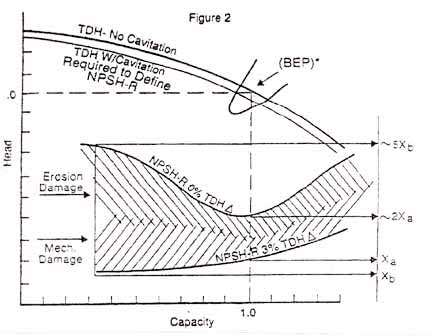Dear Team,
Please find the attached datasheet for a hot water circulation pump.
We have experienced failures and loss of metal in the impeller, as well as in the first 5 inches of the discharge piping.
The operating conditions are as follows:
• Suction pressure: 1.2 barg
• Discharge pressure: 4.9 barg
• Temperature of fluid: 100°C
• Flow rate: 180 m³/hr to 200 m³/hr
Could you please confirm whether we are operating the pump outside its recommended operating envelope?
Please find the attached datasheet for a hot water circulation pump.
We have experienced failures and loss of metal in the impeller, as well as in the first 5 inches of the discharge piping.
The operating conditions are as follows:
• Suction pressure: 1.2 barg
• Discharge pressure: 4.9 barg
• Temperature of fluid: 100°C
• Flow rate: 180 m³/hr to 200 m³/hr
Could you please confirm whether we are operating the pump outside its recommended operating envelope?

